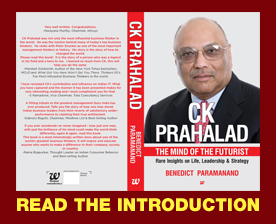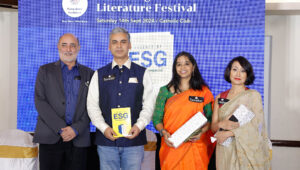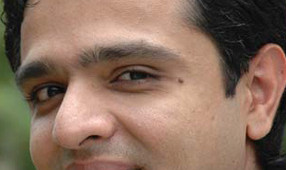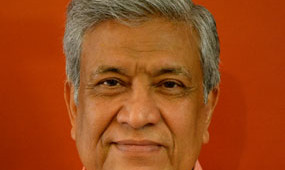 By V.N. Bhattacharya
By V.N. Bhattacharya
Business & Corporate Strategy
www.vnbhattacharya.com
On December 14, 1911 Roald Amundsen and his team of four Norwegians became the first to conquer the South Pole. Robert Scott, the English explorer, was thirtyfour days and 360 miles behind having lost the head start of over eight weeks. Scott perished with his entire Pole assault team of five on the way back.
The dramatic success of a small team of 19 from a relatively poor, rural, sparsely populated country over the 72-man expedition from the richest, most powerful nation on Earth is a remarkable story of strategy and leadership.
One Goal Scott, from a family of Navy officers, saw the expedition as a way of furthering his naval career. Its objectives were scientific exploration of Antarctica AND conquest of the South Pole. Amundsen’s was, “Our plan is one, one, and again one alone – to reach the South Pole.” This vital difference shaped their strategies in starkly different ways.
Scott’s party consisted of academics, many Navy men, even two paying volunteers. It was a cumbersome party of 72 men, 33 dogs, 19 ponies, and 3 motor sledges. Amundsen picked a small mobile team of experienced explorers, an Olympic skier, and a world-class dog driver. There were no scientists in his team, not even a doctor.
Equipment and Preparation
Amundsen picked resources that were efficient for the terrain and climate. Greenland dogs, sledges, two pairs of skis per man and suitable minimal equipment, Eskimo style clothing, sleeping bags from reindeer skin and tents with sewn flooring. Scott took ponies to pull sledges. Unlike dogs they sweat. They died early on the way to the Pole. He took three motor sledges, ancestors of today’s snowmobiles, but inadequate spares.
One of the crucial aspects of assault on the South Pole was setting up ration depots on the 1800-mile route to and back. Scott deposited 1 ton of food and supplies like kerosene; Amundsen’s team stocked three times as much and 250 miles further south. Amundsen’s team had more than enough to eat on the way to the Pole and back; Scott’s not enough.
The diet of the Norwegian’s team consisted of foods rich in vitamin C and B complex, warding off scurvy (a disease caused by a lack of vitamin C, which in advanced cases can cause brain hemorrhage and paralysis). Scott’s team mostly ate white bread and tinned foods and, towards the end suffered from scurvy.
Different Approaches
Scott relied on the extremely strenuous method of man hauling supplies laden sledges. Amundsen focused on maintaining good health and low risk to life. The hallmark of his strategy was speed and mobility assured by economy of effort, adequate rest and healthy diet.
When Scott’s party reached South Pole on January 17, 1912 they were starving and dehydrated. On the way back they had to march 12 out of every 24 hours pulling sledges. On February 17 a member of the team died. Scott and the rest of the crew died between March 21 and 29, waiting in a tent for a blizzard to subside.
Leadership and Strategy
This story of triumph and tragedy reveals several powerful lessons on leadership and strategy.
Our paradigms, abilities and disabilities, help or hinder search for a good strategy. No skis, no dogs was the prevailing norm for British Antarctic expeditions. The English admiration for suffering explains their preference for man hauling sledges over 1800 miles of icy terrain.
Amundsen suffered from no such bias, leaving him free to innovate clothing, tents, sleeping bags, diet, and supply depots identified by distinctive flags and route markers.
A single objective is a far more effective spur for strategy than two or more. Managers can learn to choose between market share and profitability for example. Only singleminded focus on the one goal can yield an effective strategy that is clear, specific, and consistent with the environment.
Strategy is the responsibility and work of leadership. They must ensure actions flow from strategy, and meticulous preparation precedes action. Only then can faultless implementation be assured and tragedies averted.











Recent Comments